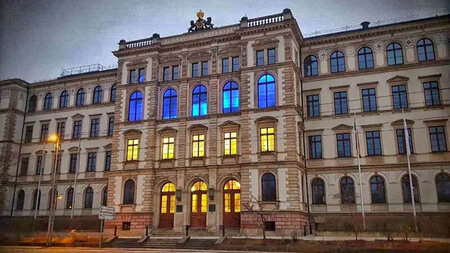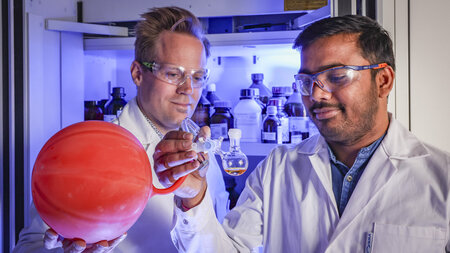Project Information

| Title of the project: | UltraSurface – Functionalization of clamping element surfaces through microstructuring by ultrasonic vibration-superimposed milling |
| Duration: | 07/2024 – 12/2026 |
| Funding programme: | EFRE/JTF-Projektförderung |
| Project execution organisation: | Sächsische Aufbaubank |
| Project leader: | Prof. Dr.-Ing. Andreas Schubert |
| Staff: | |
| Project partner: | RAKO GmbH |
| Abstract: | The joint project "UltraSurface" is concerned with the design and innovative production of microstructures on clamping elements aiming for a significant increase in the static friction coefficient. This should enable a reduction in the necessary clamping force, which has a variety of positive effects. These include less damage and deformation, particularly of thin-walled workpieces, reduced wear on the components of the clamping device, and the potential for energy savings, especially in pneumatic systems. The primary objective is to significantly enhance the performance of the functional surfaces of clamping elements by increasing the static friction coefficients by at least 20 % compared to current solutions. In this context, the focus is also on the long-term stability of the microstructures and the static friction coefficient. Ultrasonic vibration superimposed milling (UVSM) is being investigated to produce microstructured clamping element surfaces. This highly efficient technology offers a high degree of geometric design freedom and also enables the microstructuring of complex-shaped surfaces. Regardless of the macro shape of the clamping element surfaces, the resulting microstructures can be predicted with a high degree of accuracy based on kinematic simulations. Initially, specific applications for the functionalised clamping element surfaces will be identified, with special consideration given to the largely damage-free clamping of thin-walled workpieces. Further important tasks are the development of guidelines for the design of the clamping element surfaces and the determination of a suitable parameter range for microstructuring using UVSM. The integration of microstructure generation into the production processes required to manufacture the clamping elements is expected to offer significant advantages with regard to the production of functional clamping element surfaces. These advantages could provide a crucial competitive advantage if the industrial application is successful. |





